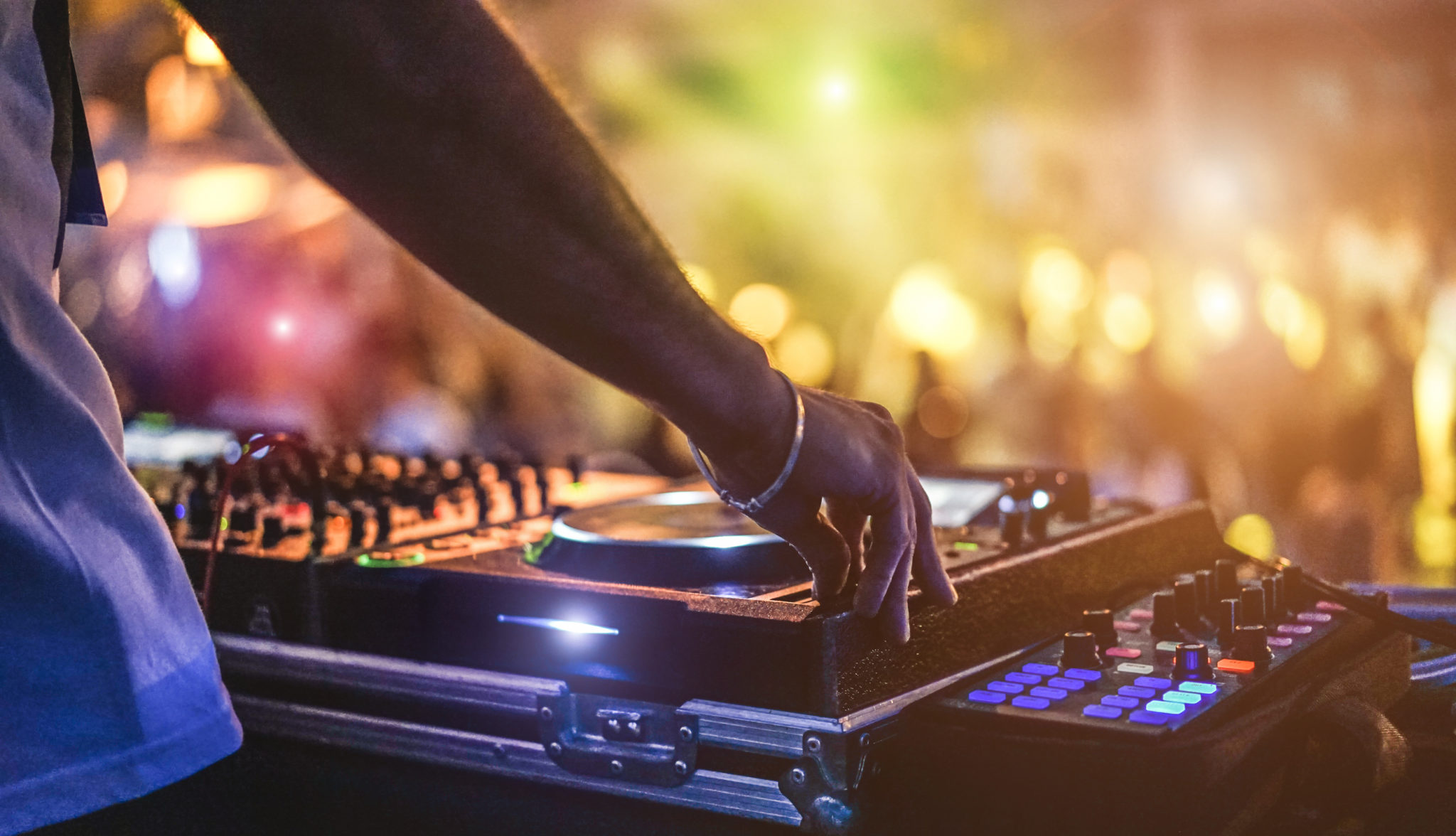The Definitive Guide to "Behind the Decks: A Day in the Life of a DJ"

The Evolution of DJs: Coming from Vinyl to Virtual
Over the years, the function of a DJ has grew enormously, many thanks to advancements in modern technology and adjustments in popular music intake. From turning plastic files to maneuvering virtual beats, DJs have adjusted their craft to keep ahead in the ever-changing songs landscape. In this write-up, we will certainly discover the fascinating trip of DJs from their humble beginnings along with vinyl records to their present online systems.
Vinyl Era: The Birth of DJ Culture
The tale of DJs started in the late 1960s when lead-in disc jockeys like Kool Herc and Grandmaster Flash made use of turntables and plastic records as their key resources. These very early DJs would combine various tracks with each other, making a continual flow of songs that kept people dancing all evening long. The craft of beatmatching was born during this age, where DJs perfectly transitioned coming from one document to another through thoroughly integrating their beats.

The popularity of nightclub songs in the 1970s better moved DJ society in to the mainstream. Nightclubs came to be hotspots for dancing lovers who flocked to see the skill-sets of gifted DJs like Larry Levan and Frankie Knuckles. Vinyl documents ended up being very sought-after items, and aspiring DJs spent plenty of hours digging by means of report shops browsing for rare gems that would prepared them apart from others.
Technical Advancements: CDs and Digital Music
In the 1980s, a innovation technology surfaced that would for life modify how DJs played music – portable disks (CDs). CDs offered several perks over vinyl documents; they were a lot more sturdy, simpler to deliver, and made it possible for for immediate monitor gain access to without personally cueing up particular components on a file.
Along with CDs gaining attraction among individuals, it was just natural for DJs to take on this new layout as properly. CD gamers specifically designed for DJing struck the market, featuring sound command sliders and seamless looping functionalities. This made it possible for DJs more significant flexibility in controling tracks on-the-fly during live functionalities.
The late 1990s saw one more notable change in the DJ garden along with the increase of electronic songs. MP3 files and software apps like Serato Scratch Live allowed DJs to lug their entire music public libraries on a laptop computer or difficult travel. View Details removed the need for physical media completely, transforming the technique DJs approached their produced.
The Virtual DJ Revolution
In recent years, DJing has taken however an additional leap forward with the advent of digital DJ software and controllers. These strong resources provide DJs with an unparalleled level of innovation and control.
Virtual DJ software, such as Native Instruments' Traktor and Pioneer's rekordbox, makes it possible for DJs to manipulate electronic keep track of making use of turntable-like jog tires, faders, and openers on dedicated operators. They can easily administer results in real-time, remix tracks on-the-fly, and effortlessly mix tunes with each other without any sort of noticeable voids.
In addition, developments in popular music development modern technology have made it easier for aspiring DJs to generate their own original tracks. Along with software like Ableton Live or FL Studio, DJs may create professional-quality popular music straight coming from their computer systems.
The Future of DJing
As technology continues to advance at a swift speed, it is intriguing to suppose what lies ahead of time for DJs. Virtual fact (VR) might possibly transform the means audiences experience live efficiencies by immersing them in digital nightclub environments where they can easily communicate with virtual DJs in real-time.
Artificial intelligence (AI) additionally stores huge possibility for DJing. AI formulas can analyze large quantities of data concerning audiences' preferences and automatically make personalized playlists tailored to individual flavors. This might get rid of the necessity for hand-operated monitor collection and enable DJs to focus even more on delivering one-of-a-kind live encounters.
In conclusion, the progression of DJs coming from vinyl fabric reports to digital setups showcases how modern technology has shaped this art type throughout the years. From beatmatching vinyl reports at underground celebrations to controling electronic monitor on state-of-the-art controllers, DJs have took advantage of technology while remaining accurate to their enthusiasm for music. With each brand-new advancement, DJs carry on to drive the borders of innovation and redefine what it suggests to captivate a group with the energy of songs.
(Take note: Word matter - 798)
